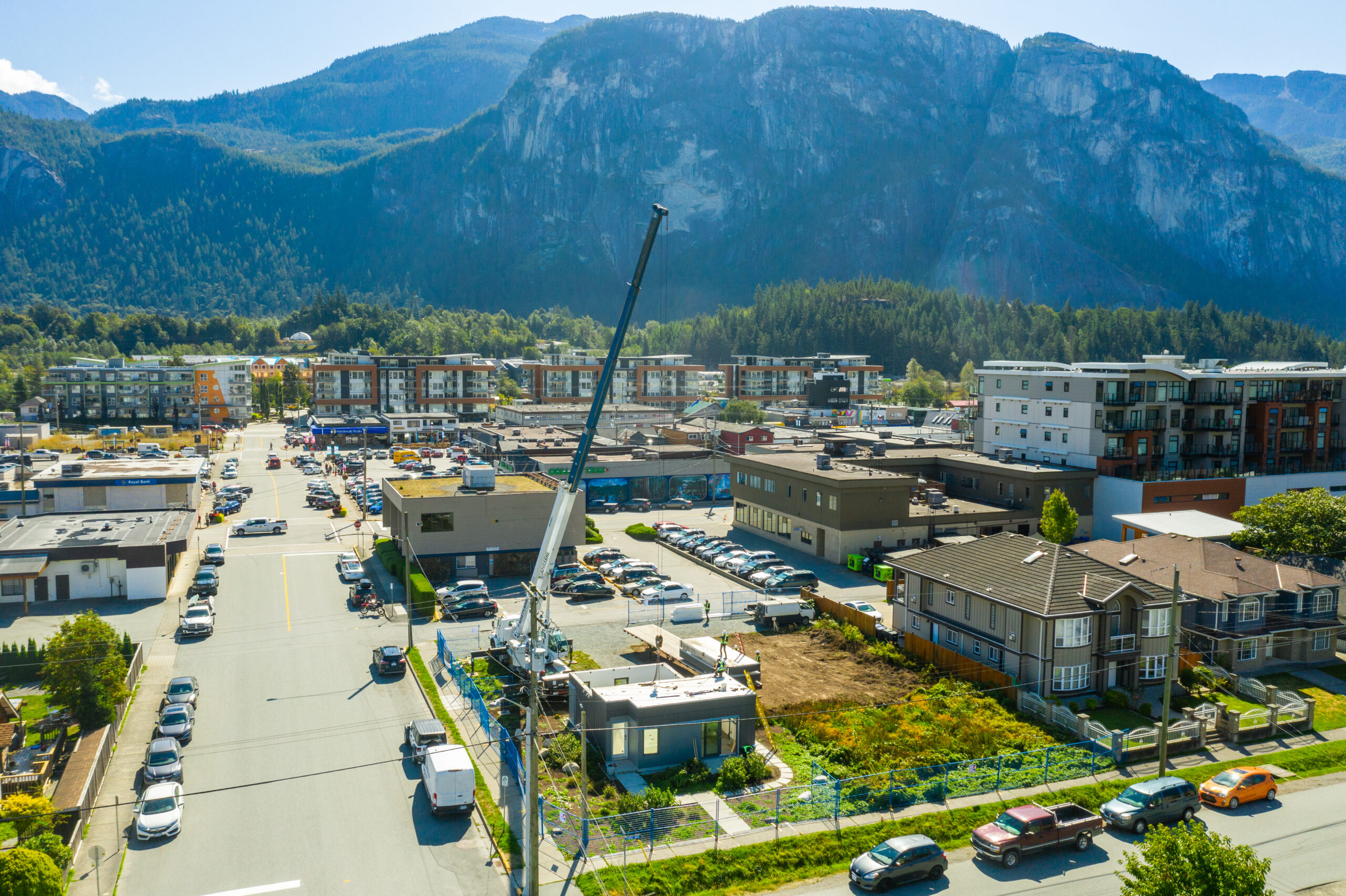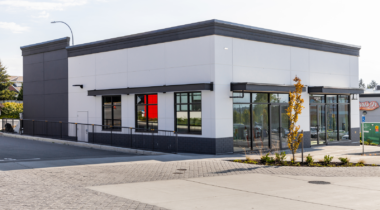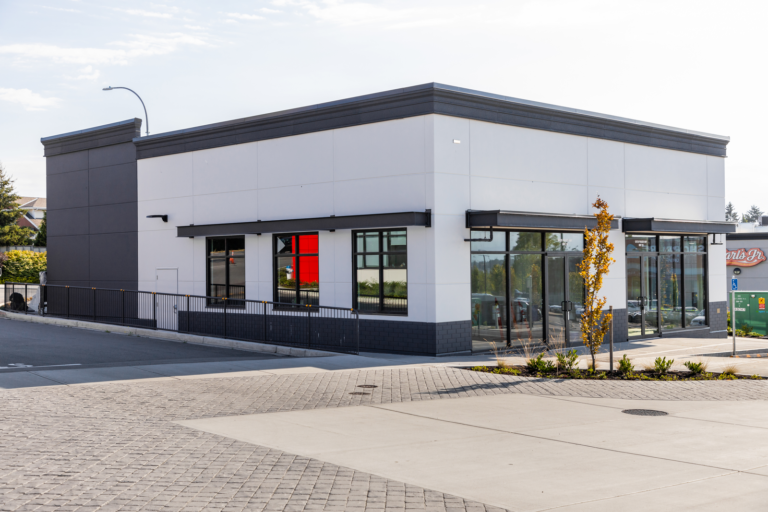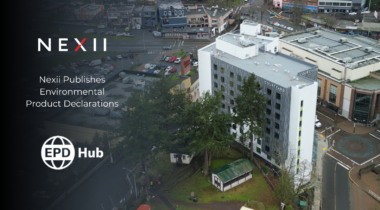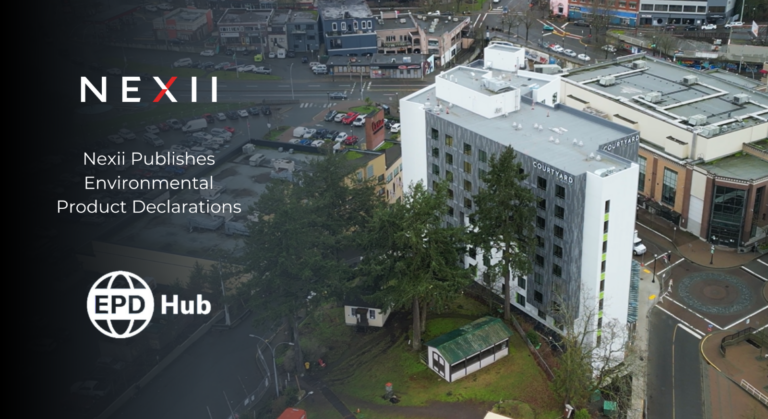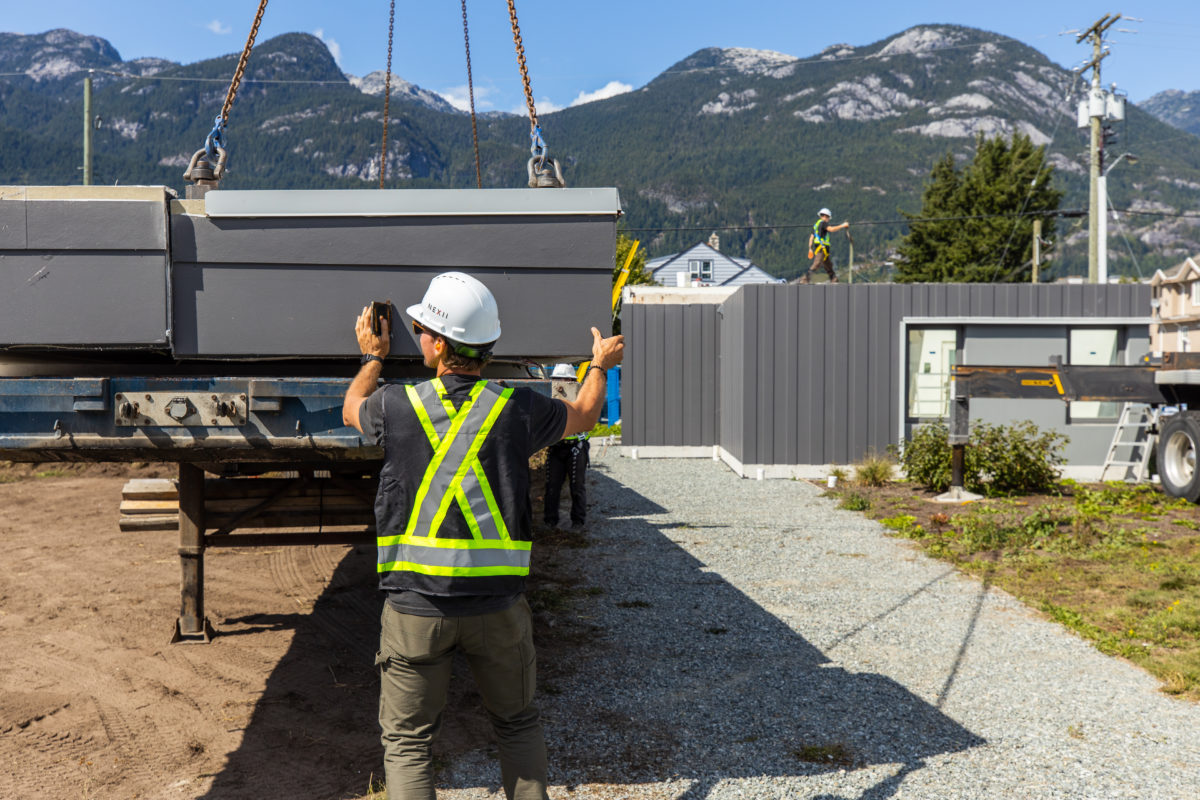
Zosia Brown, PhD, is Nexii’s Vice President, Sustainability. Her notable past roles include Head of Sustainability at Woodland Park Zoo in WA, and Associate with BuroHappold.

Zosia’s PhD in Resource Management Environmental Studies focused on green building performance and post-occupancy evaluation. She brings over 15 years’ experience in driving sustainable change and environmental policy in organizations across North America and Europe to Nexii. Zosia’s deep and consistent focus on product performance, carbon impact of operations, zero waste and climate resilience are at the heart of Nexii’s operations. Together with teams from across the company, Zosia leads Nexii’s environment, social and governance (ESG) strategy underpinning our mission to build a vibrant future for people and planet.
In my previous blog, I discussed net zero targets and the importance of aligning with science-based standards to measure and track emissions. I also pointed out that achieving net zero goes beyond protecting the climate to supporting business objectives, getting ahead of government regulations, and aligning with employees, customers, and investors.
In this blog, I’ll cover the critical role buildings play in the transition to net zero and the steps Nexii is taking to reach our own net zero target by 2030.
Buildings as Key to the Net Zero Transition
The next decade is critical to halving our collective greenhouse gas (GHG) emissions and decarbonizing our economy. Since buildings and construction are major contributors to climate change, responsible for 37% of global energy-related emissions, buildings must be at the forefront of a company’s consideration to significantly reduce emissions.
For companies tracking GHG emissions and setting net zero targets, buildings are vital opportunities to directly reduce Scope 1, and 2 energy-related emissions, as well as Scope 3 emissions from leased assets and franchises.
Key strategies for decarbonizing buildings and strengthening long-term resilience include:
- Implementing energy efficiency measures, such as adding insulation, replacing doors and windows, tightening air leakage and specifying energy-efficient appliances

- Electrification of building systems and processes
- Providing building electricity from renewables
- Manufacturing and selecting lower embodied carbon materials as part of major renovations or new builds
- Designing for more extreme weather and a wider range of environmental conditions
- Designing for durability, disassembly, and reuse
- Valuing buildings as carbon or material banks – using demolition as a last resort
Nexii’s sustainable building products are a significant part of the net zero solution, offering lower embodied carbon, improved energy efficiency and near-zero waste. Our commitment to responsible material sourcing and manufacturing in low carbon plants is critical both to Nexii’s embodied carbon metrics and to delivering on our corporate net zero targets.
What steps is Nexii taking to reach Net Zero Carbon?
Our commitment to net zero carbon forms part of our broader corporate Environmental, Social, and Governance (ESG) strategy, underpinning Nexii’s mission to build a vibrant future for people and the planet. We recently introduced our inaugural Sustainability and Impact Report, where we pledge to achieve net zero carbon across our operations and value chain by 2030. Initial steps towards this goal are:
 Measure and validate our baseline – To account for all emissions generated in the creation and use of our products, we established our corporate GHG baseline (covering 2021 activities), highlighting the breakdown of our GHG emissions coming from Scope 1, Scope 2, and Scope 3 activities, while also breaking down our Scope 3 emissions into various upstream and downstream categories. This comprehensive GHG baseline helps to inform the key indicators and metrics we will track as Nexii grows. For example, GHG intensity metrics (per unit product and per employee) measure improvements in the carbon efficiency of our design and manufacturing over time.
Measure and validate our baseline – To account for all emissions generated in the creation and use of our products, we established our corporate GHG baseline (covering 2021 activities), highlighting the breakdown of our GHG emissions coming from Scope 1, Scope 2, and Scope 3 activities, while also breaking down our Scope 3 emissions into various upstream and downstream categories. This comprehensive GHG baseline helps to inform the key indicators and metrics we will track as Nexii grows. For example, GHG intensity metrics (per unit product and per employee) measure improvements in the carbon efficiency of our design and manufacturing over time.
Commit to the Science Based Target Initiative – Nexii has committed to SBTi’s Net-Zero Standard, and we are currently finalizing our target based on our baseline inventory. Nexii’s near-term science-based target (SBT) will include absolute reductions for Scopes 1 and 2, while our Scope 3 targets may consist of a hybrid of SBT methodologies. We expect these near-term targets, across each scope, to be validated by the SBTi within the next two years.
Our SBTs are interim emissions reductions towards a long-term net zero goal. Once our near-term targets are validated, Nexii intends to quickly build upon these to determine our level of continued impact.
Develop and implement our roadmap – Nexii calculates and reports greenhouse gas emissions in accordance with the GHG Protocol Corporate Accounting & Reporting Standard and with a third-party review. Calculations are based on invoiced data, real-time meters, models, assumptions and estimates or data as reported by suppliers. Our 2021 GHG baseline includes emissions across the organization and value chain and creates the basis for an emissions reduction roadmap to guide us.
Our roadmap to net zero operations includes:
- Implementing energy efficiency measures, equipment electrification, fuel switching, and investment in on-site renewable energy and/or renewable energy procurement to decarbonize corporate plants.
- Advancing net zero Corporate and Nexii Certified Manufacturer (NCM) standard plant designs, site selection strategy, and sustainability requirements.
- Automating the collection and validation of annual GHG and sustainability data across Nexii locations and developing processes, tools and training to extend to NCMs.
- Implementing procurement qualification software to support the selection of sustainable suppliers and better track and manage supplier environmental, human rights, labour and anti-corruption practices.
Deep Dive into Net Zero Facilities
Nexii’s sustainability and plant teams have been taking a close-up look at exactly where energy is used in our plants, the
breakdown between building and process loads, and key steps to decarbonize our manufacturing. These insights have 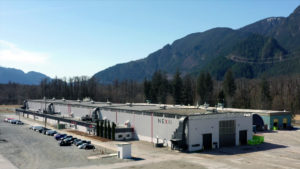 helped inform a standard plant energy model with upgrades identified and costed to achieve net zero performance.
helped inform a standard plant energy model with upgrades identified and costed to achieve net zero performance.
In 2021, Nexii signed the World Green Building Council’s (WorldGBC) Net Zero Buildings Commitment to further our goals toward reaching net zero carbon. The Commitment calls on the building and construction sector to decarbonize the built environment and remove barriers to implementation. We hope that through this pledge and our actions to achieve net zero, Nexii will inspire others to take similar action.
Culture and Values
 Over the next few years, public and private sector action is needed to deliver the scale of technological transition that the climate emergency warrants. Companies that have taken concrete steps towards a net zero future and have also made a full-scale organizational commitment to sustainability will be in a stronger position to address future challenges and possibilities.
Over the next few years, public and private sector action is needed to deliver the scale of technological transition that the climate emergency warrants. Companies that have taken concrete steps towards a net zero future and have also made a full-scale organizational commitment to sustainability will be in a stronger position to address future challenges and possibilities.
Getting to net zero requires successfully bridging the gap between proclaiming net zero goals and actualizing the vision. Detailed plans, step-by-step actions and KPIs to measure progress are necessary, but the end goal is not possible without the spirit of the commitment entrenched in day-to-day culture.
Nexii’s commitment to sustainability is part of our company culture and drives all our goals including getting to net zero. Sustainability is at the core of our mission to build a vibrant future for people and the planet and the North Star that guides everything we do as a company.
